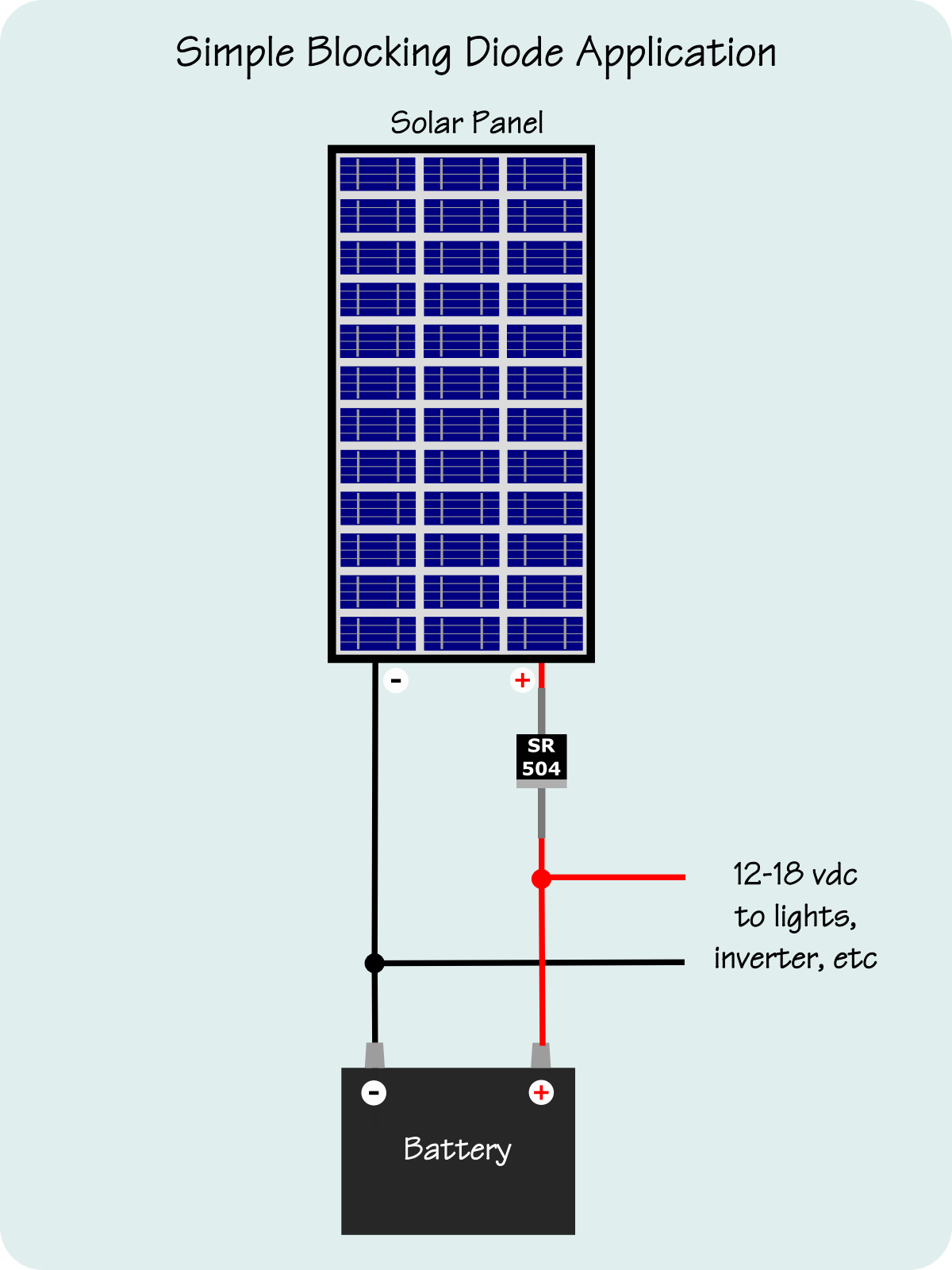Hi there,
Looking into getting solar for our home, so I'm trying to learn as much as possible .
.
I had a pleasant conversation with a Tesla solar representative the other day. One thing that caught my attention was that during the conversation, the rep expressed a negative opinion towards micro-inverters.
I did my research after the conversation, and my current understanding is that although most cost-effective, string inverters are technologically inferior to micro-inverters and power optimizers. Unfortunately, I didn't catch the actual type of inverter used by Tesla. I contacted the Tesla rep again, and he said that he can't know what inverter would be used until they survey the property.
Assuming that I'm looking at a ~5.5 KW system (likely to be L-shaped), what sort of inverter would I likely be getting from Tesla? Most importantly, how big of a deciding factor should the inverter type be?
Before confirming the purchase, I've decided to get quotes from other companies. I'm biased towards Tesla, but I ultimately wouldn't mind getting a different company's system. I do hope to get a Powerwall once the solar system is in place.
Thanks!
Looking into getting solar for our home, so I'm trying to learn as much as possible
I had a pleasant conversation with a Tesla solar representative the other day. One thing that caught my attention was that during the conversation, the rep expressed a negative opinion towards micro-inverters.
I did my research after the conversation, and my current understanding is that although most cost-effective, string inverters are technologically inferior to micro-inverters and power optimizers. Unfortunately, I didn't catch the actual type of inverter used by Tesla. I contacted the Tesla rep again, and he said that he can't know what inverter would be used until they survey the property.
Assuming that I'm looking at a ~5.5 KW system (likely to be L-shaped), what sort of inverter would I likely be getting from Tesla? Most importantly, how big of a deciding factor should the inverter type be?
Before confirming the purchase, I've decided to get quotes from other companies. I'm biased towards Tesla, but I ultimately wouldn't mind getting a different company's system. I do hope to get a Powerwall once the solar system is in place.
Thanks!




